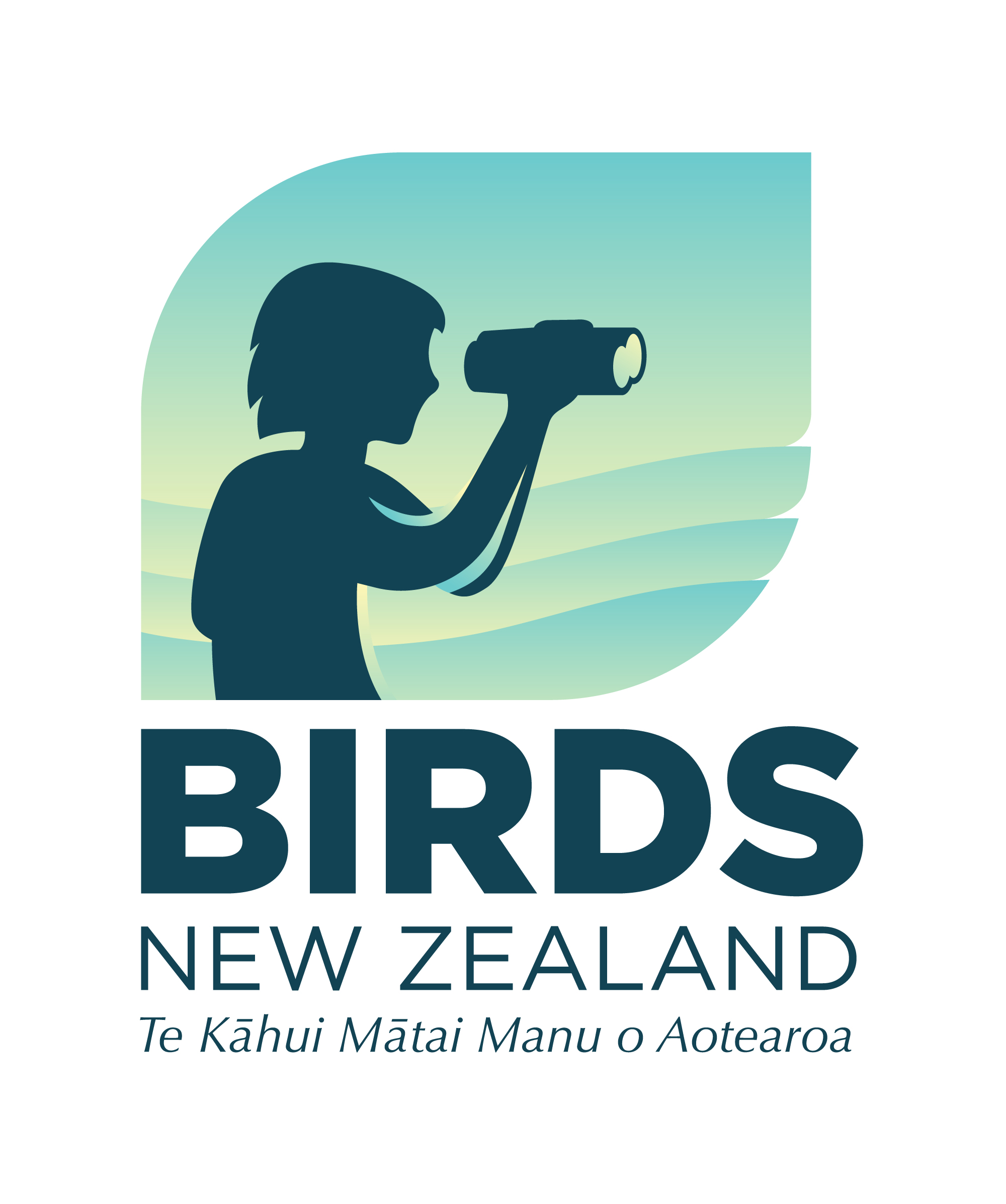Notornis, 69 (4), 203-210
Article Type: Paper
Abstract: New Zealand conservation managers use aerial 1080 (sodium fluoroacetate) to control invasive mammalian predators, often with the aim of protecting populations of threatened endemic birds. Matātā (South Island fernbird, Poodytes punctatus punctatus) are endemic to New Zealand wetlands and are vulnerable to mammalian depredation. Mātātā populations might benefit from aerial 1080 predator control, but they also can suffer non-target poisoning losses. This study measured the short-term effects of an aerial 1080 operation on mātātā adult survival (i.e. non target mortality) and nest survival (over one breeding season) on the West Coast of South Island. The study utilised two sites, with an October (mid-breeding-season) aerial 1080 operation at one of the sites. We found no evidence of a negative short-term effect of aerial 1080 – none of fourteen colour-banded adult mātātā exposed to 1080 baits died of 1080 poisoning. Conversely, we found evidence of a short-term positive effect – aerial 1080 improved mātātā nest survival over one breeding season. The presence of a positive effect, in the absence of a negative effect, suggests that the net effect of the 1080 operation for the mātātā population was positive, at the end of the breeding season.
